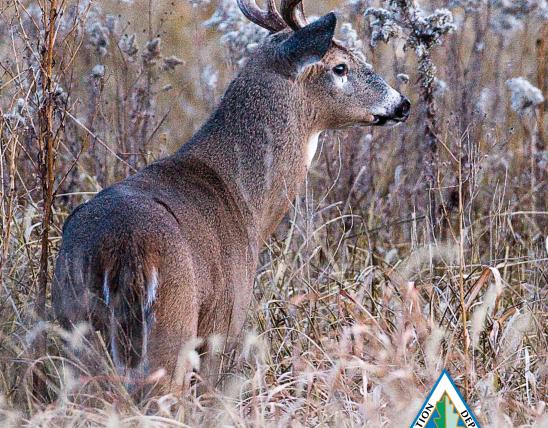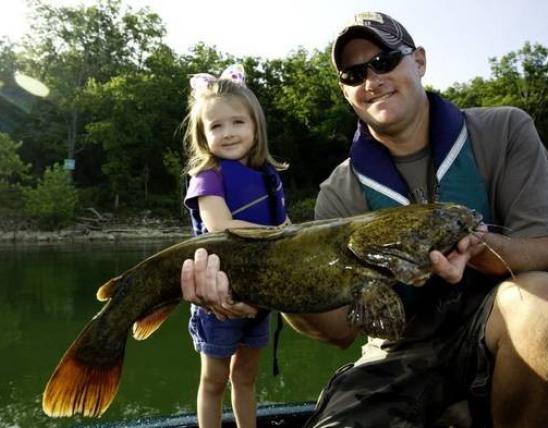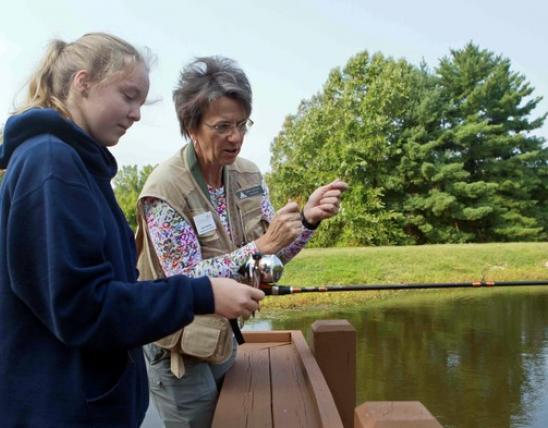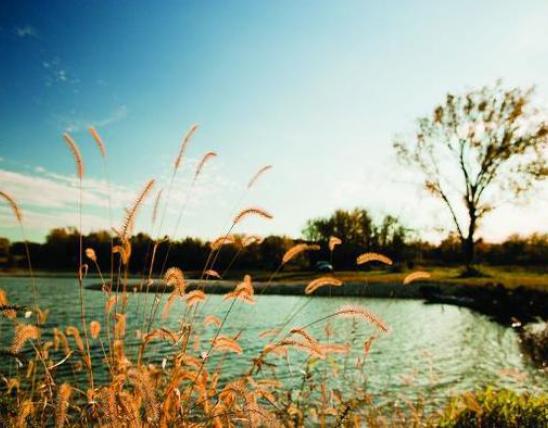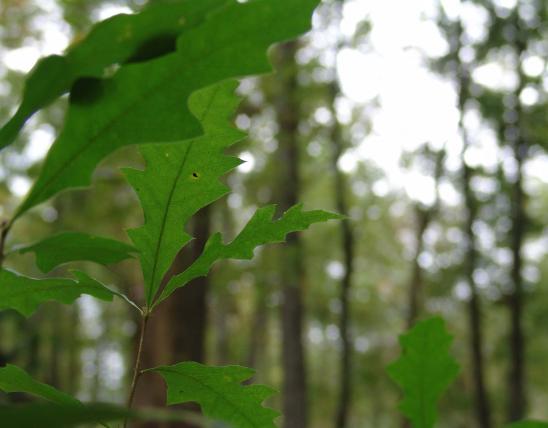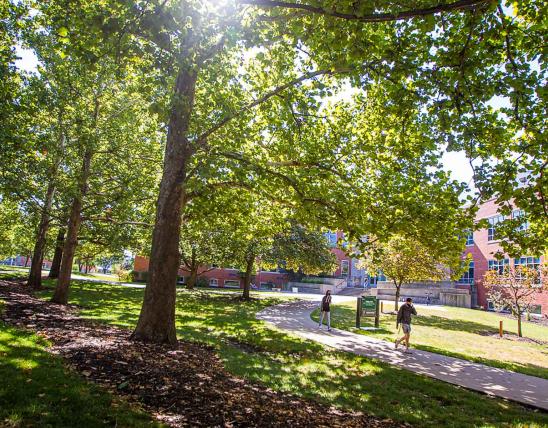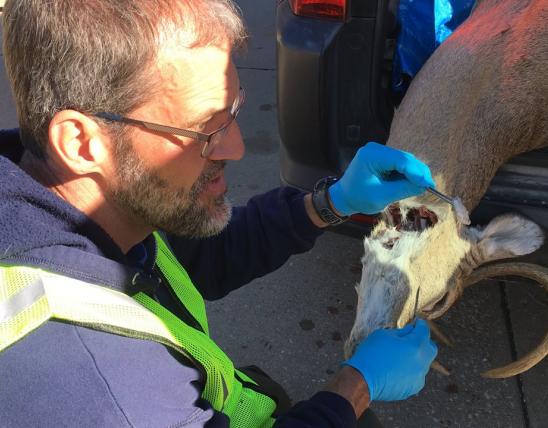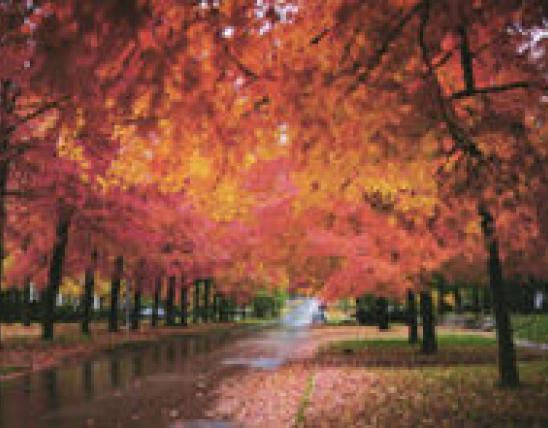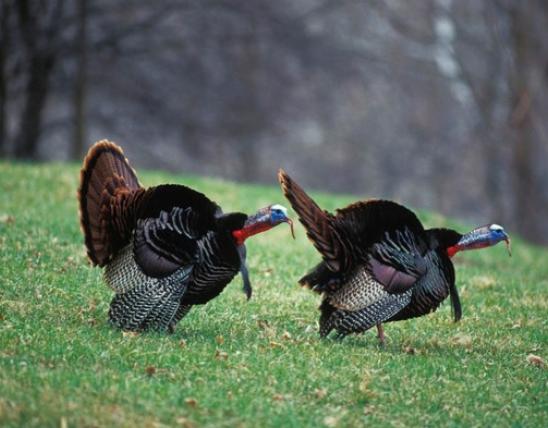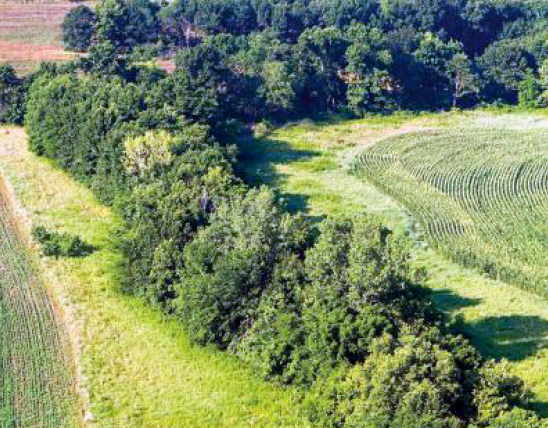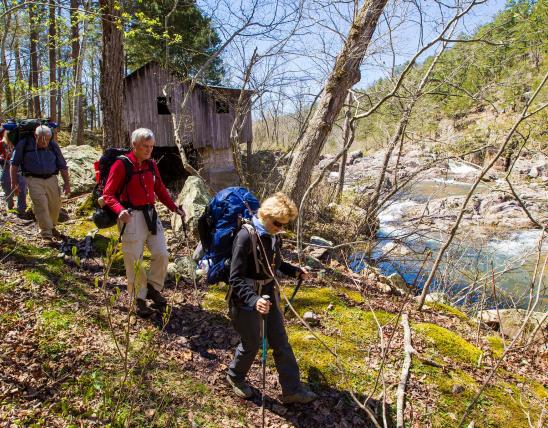
Large, thick, velvety, brownish bracket fungus; thick margin; whitish pores. Grows on logs and stumps of deciduous trees. September–October. Cap semicircular with thick, rounded margin; ochre to dark brown, becoming blackish and concentrically zoned or ridged; texture finely hairy, fleshy when young, sometimes exuding a resinous, watery liquid; later becoming firm and hard with a black, resinous crust. Pores circular to angular; whitish to light brownish, bruising darker. Stalk not present. Spore print white. Spores magnified are cylindrical, smooth. When very young, the resinous polypore will often ooze amber-colored droplets of liquid.
Lookalikes: Ganoderma species are woody and hard at all stages and have a brownish red, varnished-looking crust.
Cap width: 3–10 inches.

Statewide.
Habitat and Conservation
Grows singly or in groups of up to several on logs and stumps of deciduous trees.
Status
Considered a good edible, when young and fresh. Take only the soft, fleshy outer edges, and sauté. They are surprisingly good.
Life Cycle
This species lives within rotting logs as a whitish network of cells (mycelium) that digests and decomposes the dead wood. When ready to reproduce, the mycelium develops the bracket that emerges from the log—this is the reproductive structure. In polypores, spores are produced in the pores on the underside and are released to begin new mycelia elsewhere.
Human Connections
Fungi, whether edible or not, have important roles in nature, benefiting humans indirectly by keeping forests productive and healthy. They each possess a strange beauty in color and form that humans can enjoy.
Ecosystem Connections
It's easy to overlook the importance of fungi that decompose dead wood, but imagine what the forest would look like if all the fallen trees and leaves didn't break down!


Mushrooms are a lot like plants, but they lack chlorophyll and have to take nutrients from other materials. Mushrooms are neither plants nor animals. They are in a different kingdom — the fungi. Fungi include the familiar mushroom-forming species, plus the yeasts, molds, smuts, and rusts.
Always be cautious when eating edible mushrooms. Be absolutely sure of the ID, and only eat a small amount the first time you try it to avoid a reaction..

